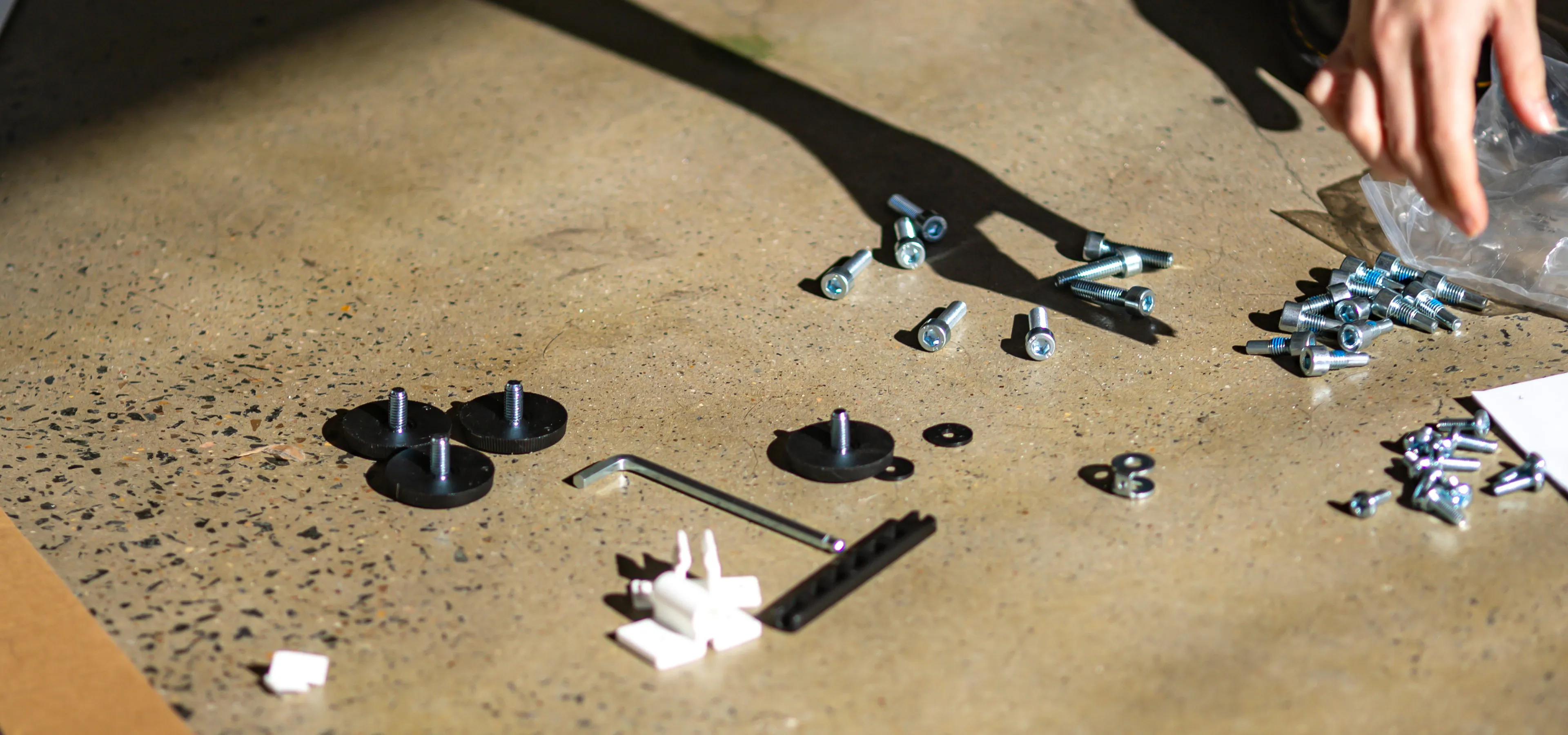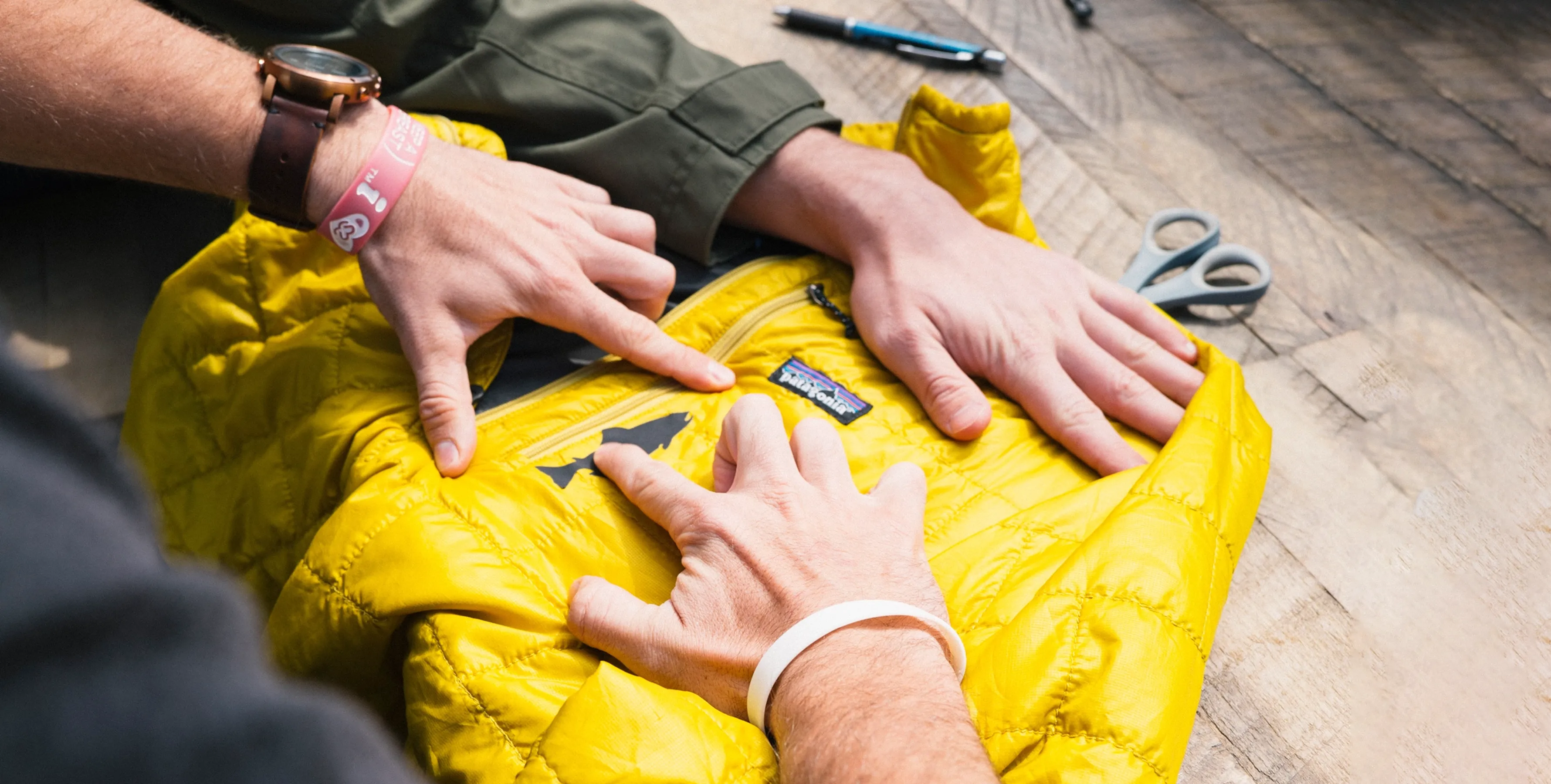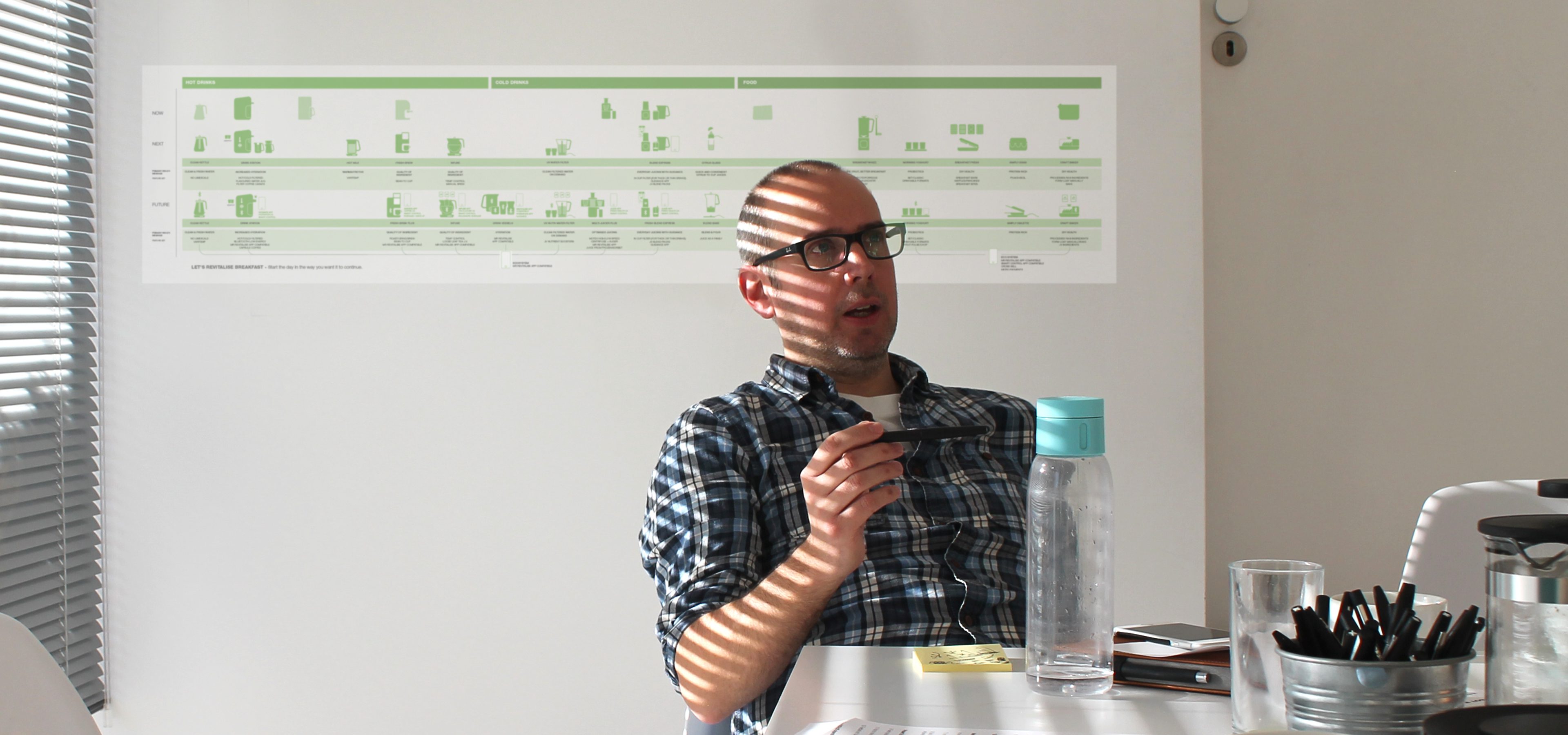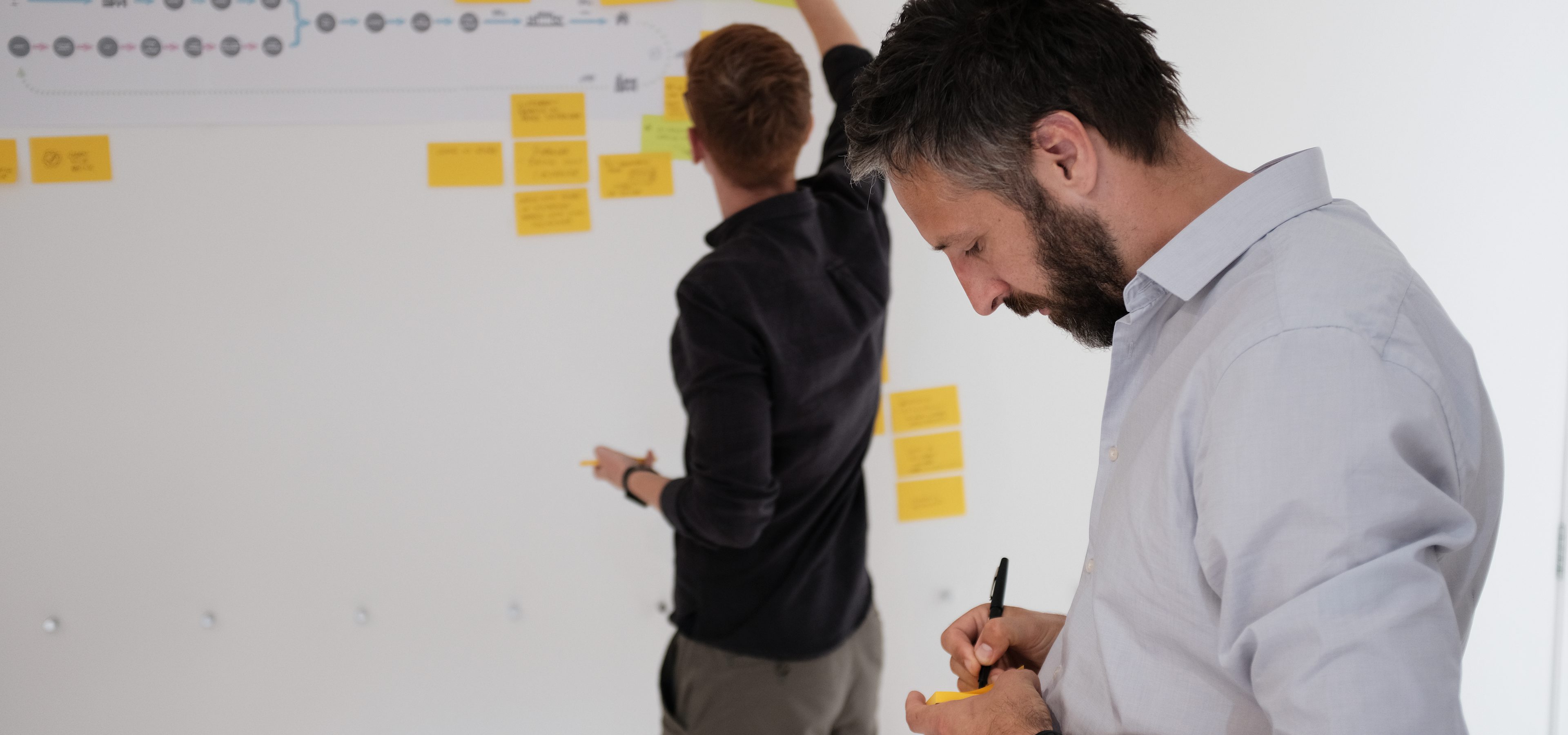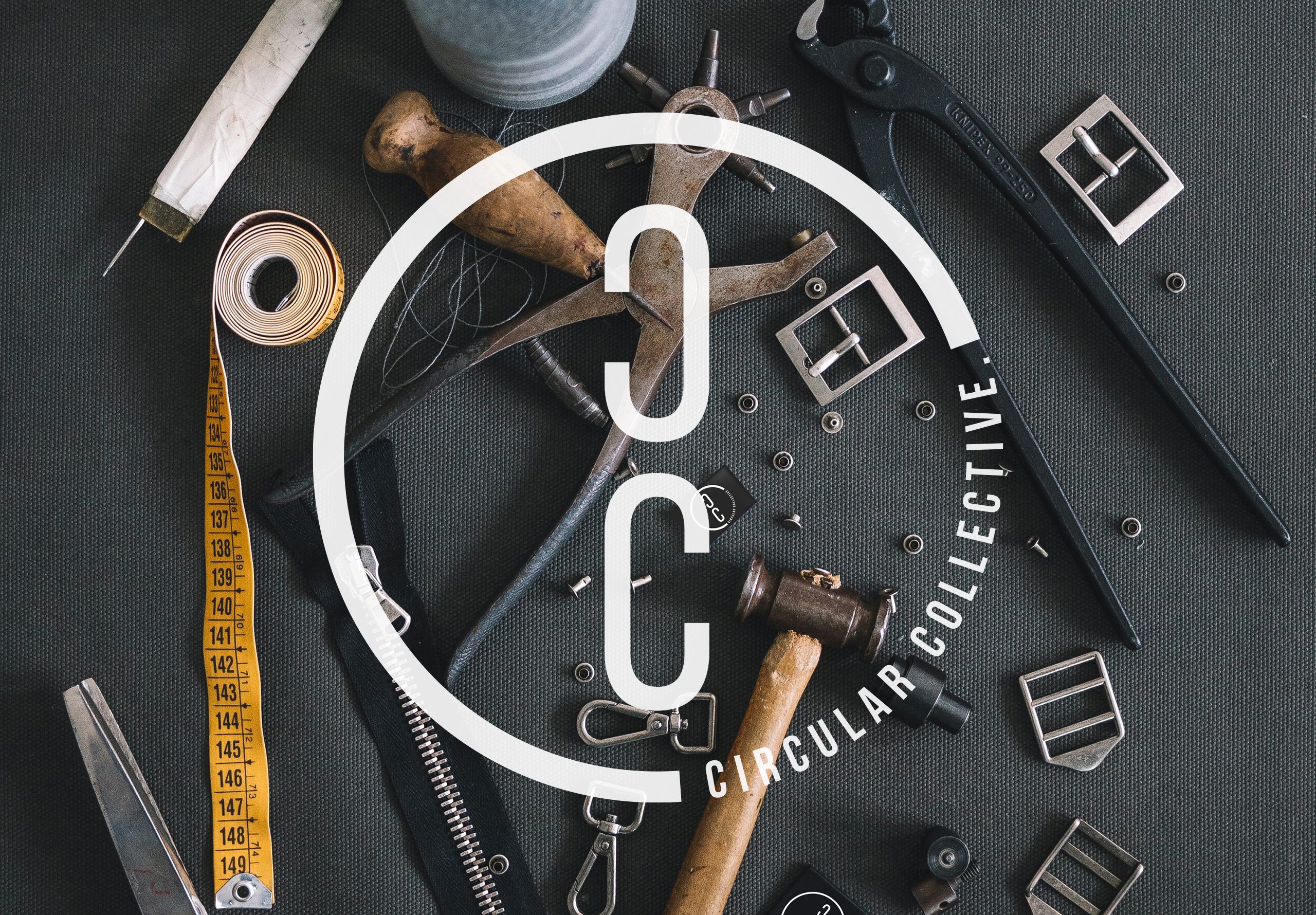LCA deserves to be creative.
Life Cycle Assessments (LCAs) are the go-to resource for reducing impact. Whether it’s about shaving off excess material weight or shifting supply chains, this invaluable tool sits at the heart of the ‘do less harm’ approach.
But what if your brand aspires to do more than ‘less harm?’
We argue an LCA can also be the catalyst to the creative innovation cycle.
Want to know why? Read on.
Short on time? Use these links.
Driving change
As more brands move to embrace sustainable behaviours and key consumer groups give non-adopters the cold shoulder, it’s clear we’re in the midst of a major shift.
Geographically, consumer and legislative pressure is playing a huge part, creating a distinct map of the countries leading the pack and those lagging behind.
Yet, embracing change is not without its challenges, and we are now working to support clients to move beyond business as usual by providing essential tools and insights to drive their transition from norm to new.
Ultimately, brands looking to apply the same design and innovation rigour to sustainable practices as they have done with conventional product development will be best-placed to drive radical, disruptive growth.
Beyond 'less harm'
Increasingly, brands are using LCA (Life Cycle Analysis /Assessment) as an analytical tool, allowing them to optimise products and operations, cut down ‘waste’ in the broadest sense, and pinpoint any weak spots in both product and supply chains.
In this sense, LCA serves as a key instrument for enhancing efficiency, enabling brands to fine-tune their product development and minimise their environmental impact.
This ‘do less harm’ approach is a solid starting point – but what if your brand wants to reach further? What opportunities might there be to not only reduce harm, but to actively do more good?
We believe that – in the right hands – an LCA is intrinsically the start of the creative innovation cycle – especially for brands like yours looking to disrupt the status quo.
Towards 'less but better'
While many brands excel at setting the stage for innovation, far too few are applying the same innovative mindset to sustainable behaviours and business practices.
Your mission should be to minimise material use and maximise the value of your products – or, in other words, ‘do less, but better’.
Certainly, using Life Cycle Assessments for optimisation is crucial.
However, the journey shouldn’t end there. Insights gleaned from LCAs offer sustainable-innovation driven businesses an opportunity to move beyond traditional, linear supply chains and trigger a significant paradigm shift towards new forms of commercial and consumer value delivery.
'How?' is an innovation question.
When introduced at the start of the design process, a Life Cycle Analysis provides designers with a comprehensive understanding of a material’s environmental footprint throughout its entire lifecycle—from sourcing and manufacturing to usage and eventual disposal.
With this data in hand, product teams are poised to tackle the core questions that drive circular design: How can these materials be repurposed or recycled? Could they re-enter a closed loop, contributing to the creation of new products? Or could they find a new purpose elsewhere?
This evidence-based approach guides teams towards choosing high-quality, durable materials, extending a product’s lifespan and reducing the need for frequent replacements. From here, the door is wide open for brands to explore value-added services like repairs, cultivating deeper – and ultimately more valuable – customer relationships.
In other words, a Life Cycle Analysis prompts designers to see the bigger picture and spot opportunities for innovation. Think of the Nike Grind initiative, IKEA’s buy-back program, or Michelin’s tire-as-a-service concept—all born from a holistic view of materials within the circular economy.
What’s more, by integrating LCA into the early stages of the design process, teams can make decisions that are both environmentally responsible and align with their design vision. This iterative approach prevents brands from falling into the CMF clichés of sustainable design, ensuring products resonate with mass-market audiences as opposed to a small, eco-conscious cohort.
LCA as a catalyst for change
Today’s pressing challenges – marrying planet health with value delivery – demand a shift to circular practices and smarter, leaner operations.
When we understand the environmental impact of our choices, we make transitioning to the circular economy a tangible goal, not just a vague concept. This not only helps avoid superficial sustainability claims, but also positions a brand as a genuine leader in sustainability, making design decisions that are good for business, the environment, and society in the long run.
Looking ahead, we must see LCAs as more than just tools for meeting sustainability regulations; but as instruments for fostering creative and responsible design. By considering a product’s entire lifecycle, designers can create beautiful, circular products that consumers love and that are good for the planet.
